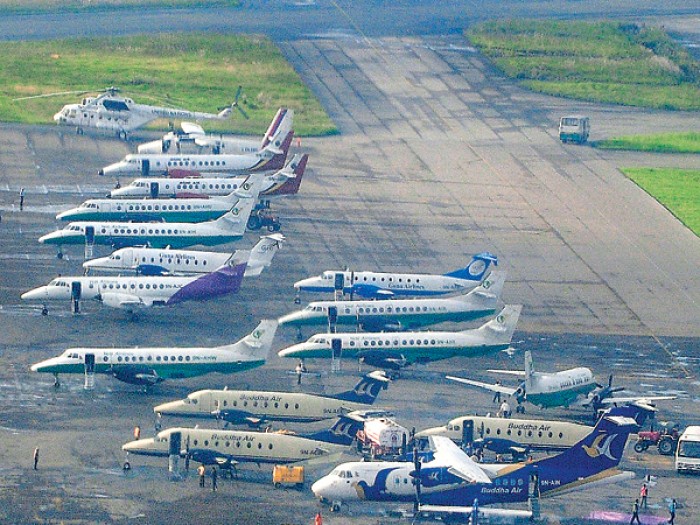India explores local production of small planes with Embraer and Sukhoi
According to sources, India is exploring opportunities to collaborate with global aircraft manufacturers, such as Embraer SA and Sukhoi from Russia, to establish local production of small aircraft. The aim of this move is to enhance connectivity in remote and small towns across the country.
Requested anonymity due to the early stage of discussions, the Indian government intends to retain a 51% stake in a partnership with an Indian company, while requiring the foreign partner to provide technology transfer. The sources also indicated that Gujarat is expected to produce these jets, which generally have a seating capacity of under 100.

India, with a population of 1.4 billion, has become the world’s fastest-growing aviation market. However, airports with limited capacity and short runways cannot accommodate the narrow-body planes of Airbus SE and Boeing Co. that currently dominate the Indian skies. To address this issue, the Indian government is focusing on increasing its small-plane fleet, which will enable faster access to remote areas and boost tourism in the country. With its population now surpassing China’s, India is keen on expanding its aviation industry to meet the growing demands of its people.
A mandate by the Indian government requires airlines to operate a minimum of 10% of their capacity on routes located in remote areas, such as Kashmir and the Northeast region bordering China. This policy implies that smaller planes might be a more efficient option for airlines, as they can fill a greater proportion of total seats.
According to Airbus SE, India’s demand for aircraft will reach 2,210 by 2040, with 80% of them being smaller jets. This has generated significant interest among global turboprop manufacturers, with De Havilland Aircraft planning to capture 80% of the market for planes that accommodate less than 20 passengers.
Regional Workhorse
India has conducted initial talks with Embraer, while Sukhoi has shown interest in producing regional jets domestically. The country has also reached out to ATR, a partnership between Airbus and Italy’s Leonardo SpA, with a proposal to manufacture in India.
Embraer seeks opportunities for cooperation with India, recognizing the country’s potential for regional jets. No one has received any responses despite attempting to solicit remarks from the aviation ministry, as well as Sukhoi and ATR representatives.
IndiGo, the leading airline in India, uses 39 ATR small planes as their primary regional route carriers. In comparison, SpiceJet Ltd, their rival, uses De Havilland’s Dash-8 Q400 turboprops, which can accommodate 78 to 90 passengers. Additionally, Hindustan Aeronautics Ltd, a state-owned company, actively manufactures the Dornier 228 aircraft which seats 19 people, and Alliance Air and the armed forces currently utilize it.
Modi’s focus on enhancing manufacturing, driving economic growth, and generating employment opportunities heavily relies on his strategic plan. The Indian government is providing subsidies to airlines to increase affordability and improve last-mile connectivity. To bolster regional connectivity, India has allocated 45 billion rupees ($545 million) to upgrade and develop 100 airports, heliports, and water aerodromes that were previously underserved. Furthermore, the plan involves opening 1,000 new routes by the end of next year.
Also Read: Latest Indian Aviation News and Aviation News
Go through, the Mall of Aviation



